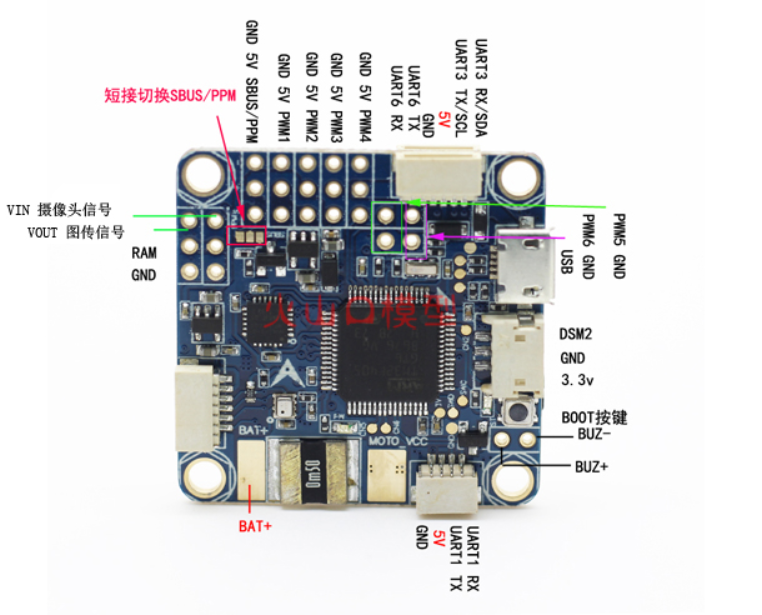1. 1 Introduction
In statistical modeling, regression analysis is a set of statistical processes for estimating the relationships among variables.
$$
\left{\begin{array}{l}{y=\beta_{0}+\beta_{1} x+\varepsilon} \ {E \varepsilon=0, D \varepsilon=\sigma^{2}}\end{array}\right.
$$
2. 2 the Develop of Algorithm
2.1. Problem set
$$
\mathbf{X}=\left[ \begin{array}{cccc}{x_{11}} & {x_{12}} & { . .} & {x_{1 m}} \ {x_{21}} & {x_{22}} & {\dots} & {x_{2 m}} \ {\ldots} & {\cdots} & {\cdots} & {\cdots} \ {x_{n 1}} & {x_{n 2}} & {\dots} & {x_{n m}}\end{array}\right]
$$
$$
Y=\left(y_{1} \quad y_{2}\right)=\left[ \begin{array}{cc}{y_{11}} & {y_{12}} \ {y_{12}} & {y_{22}} \ {\cdots} & {\cdots} \ {y_{1 n}} & {y_{2 n}}\end{array}\right]
$$
$$
B=\left(b_{1} \quad b_{2}\right)=\left[ \begin{array}{cc}{b_{11}} & {b_{21}} \ {b_{12}} & {b_{22}} \ {\dots} & {\dots} \ {b_{1 m}} & {b_{2 m}}\end{array}\right]
$$
$$
E=\left(e_{1} \quad e_{2}\right)=\left[ \begin{array}{cc}{e_{11}} & {e_{21}} \ {e_{12}} & {e_{22}} \ {\cdots} & {\cdots} \ {e_{1 n}} & {e_{2 n}}\end{array}\right]
$$
$$
\boldsymbol{Y}=\boldsymbol{X} \boldsymbol{B}+\boldsymbol{E} ; \quad y_{1}=\boldsymbol{X} \boldsymbol{b}{1} ; \quad y{2}=\boldsymbol{X} \boldsymbol{b}_{2}
$$


